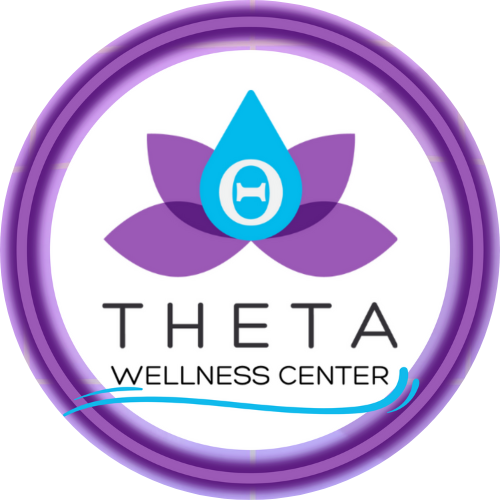Fact is, it often takes a few times to get the hang of floating which is exactly why we recommend the intro pack of three sessions to get started. As our newest partner, I’d like to share my experience getting started with my own flotation therapy practice. I began floating consistently for muscle recovery and stress relief. One day, in the tank, I began to see my practice from a different perspective. Here are my thoughts from this past March.
Showered off and face dried, I'm climbing into the float tank after just having finished a pretty tough personal training session. I've asked Lynae to leave the music on for me this time as I needed something to allow my mind to get lost in. Yes, you can do this and yes, I still do, but intend to work my way into complete silence.
My mind is fluttering from one thought to the next and lands on how I felt in my workout today. Even though it was a tough session, I felt strong. I didn't have the pre-meditated ache thinking of what new and somewhat uncomfortable things my trainer would have me do today. In fact, I had shown progress in my stability while performing some of it. I completed my sets quicker and increased my resistance. It felt good. It felt different this time.
Before I can dwell any longer on those thoughts, I feel my mind drifting off and body twitching as it does when I'm falling asleep. I go with it.
Blink. I wake up. How much time has passed? It seemed like just a few minutes, but as I peek out of the tank, I realize it's almost time to get out. While showering with a sense of pure restful bliss, I make the connection. Floating is really not that different than personal training. In fact, I'd say it's very much like personal training, but for your mind.
I'll be honest, my first two sessions were challenging. I couldn't get my mind to shut up, I got salt water in my eyes AND nose (go figure) and couldn't quite figure out how to lay most comfortably in the tank.
My third time, I asked Lynae about using some music to help me relax and that worked. I drifted off more easily and was finally getting the hang of not getting salt water in my eyes. My fourth time floating was today, March 7, while making this connection.
It's quite uncomfortable for most people to do nothing. We are constantly bombarded with texts, emails, phone calls, social media notifications and messages through social media accounts. This doesn't include the day-to-day expectations of us from work, family, household maintenance, organizations we volunteer with and social networks we care about. It's okay to take a break. It's okay to give yourself permission to 'check out' for at least 90-minutes every couple of weeks. In fact, there's documented evidence of what this can do for you here.
Why 90-minutes? When was the last time you had 90 uninterrupted minutes to yourself? Many ask us this and it's a good question. In the beginning, it will take more practice getting into the Theta state and we want to ensure you have enough time to achieve this. There is also no finish line. We have many clients who get out a little early because they've managed to get what they needed out of their float session sooner than they thought. We do, however, now offer one hour floats. There are also many ways to customize your float session to better suit your needs and allow for more comfort. You can always discuss these options with one of our staff members before you float.
If you've floated once and thought it was uncomfortable. Ask yourself when the last time was that you experienced substantial growth outside of your comfort zone. Then, perhaps consider a three-session commitment, increasing your opportunity to truly realize the benefits. We’ve added a spacious float cabin this summer. It provides additional head room and light, making it more comfortable for new floaters. Intro packages are available to all new and returning clients if they've not already used one.




